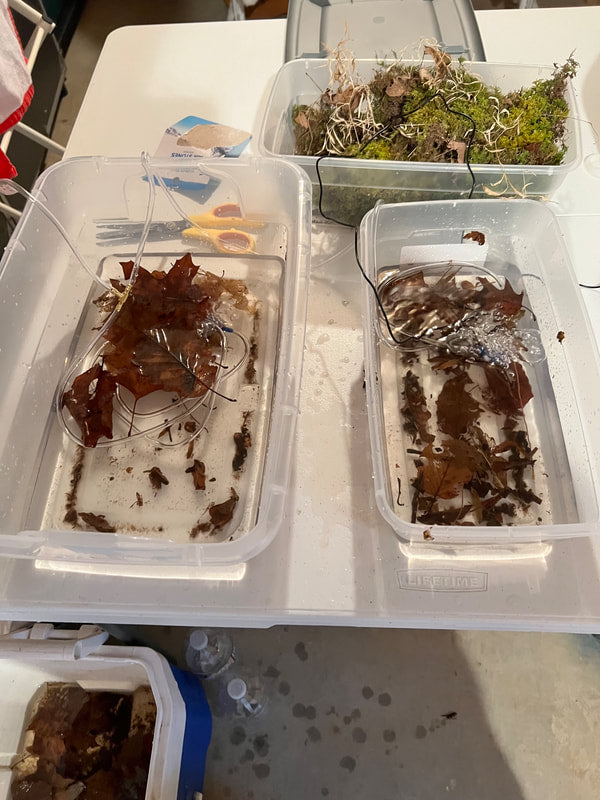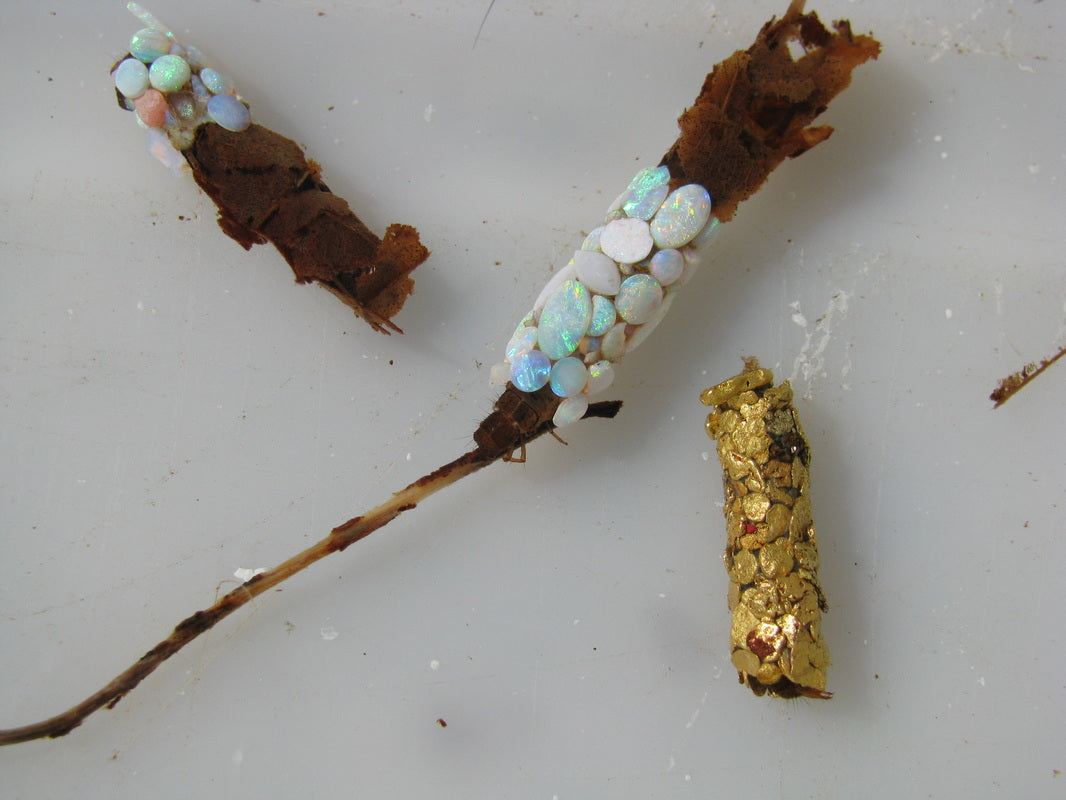What are Caddisflies?
The caddisfly is a fascinating insect with a unique life cycle and an essential role in freshwater ecosystems. Found near rivers, lakes, and streams, the caddisfly is known for its larval stage, during which it builds protective cases out of materials like sand, gravel, twigs, and even small shells. This habit has earned it the nickname "nature’s jewelry maker." The caddisfly’s lifecycle begins as eggs, typically laid underwater on rocks or vegetation. These eggs hatch into larvae, which are well-known for their intricate casing skills. After maturing, the larvae enter a pupal stage, during which they transform into winged adults, emerging from their aquatic environment to mate and continue the cycle.
Ecological Role of Caddisflies
Caddisflies contribute significantly to the health of freshwater ecosystems. As larvae, they help break down organic matter, feeding on decaying leaves and algae. This activity supports the nutrient cycle within aquatic habitats, enhancing water quality and providing food for fish and other wildlife. Additionally, their casings create microhabitats, adding structural diversity to the stream bed and benefiting other organisms.
Historical Significance and Jewelry Making
Caddisflies have existed for millions of years, their behavior and adaptations evolving alongside freshwater systems worldwide. In recent years, artists and jewelry makers have started using caddisfly larvae in jewelry creation. The larvae are placed in controlled environments with access to semi-precious stones, gold, and other decorative materials. As they build their cases, they incorporate these elements, producing intricate, natural jewelry pieces that blend artistry with the wonders of nature.




















